In the absence of mid-day meals, children in Bihar survive on roti-onion, bhaat-achar
The Supreme Court of India had directed the States and UTs to ensure children get mid-day meals. Despite that, children in Bihar's Gaya were eating only roti-onion, or rice-pickle, or starch rice.
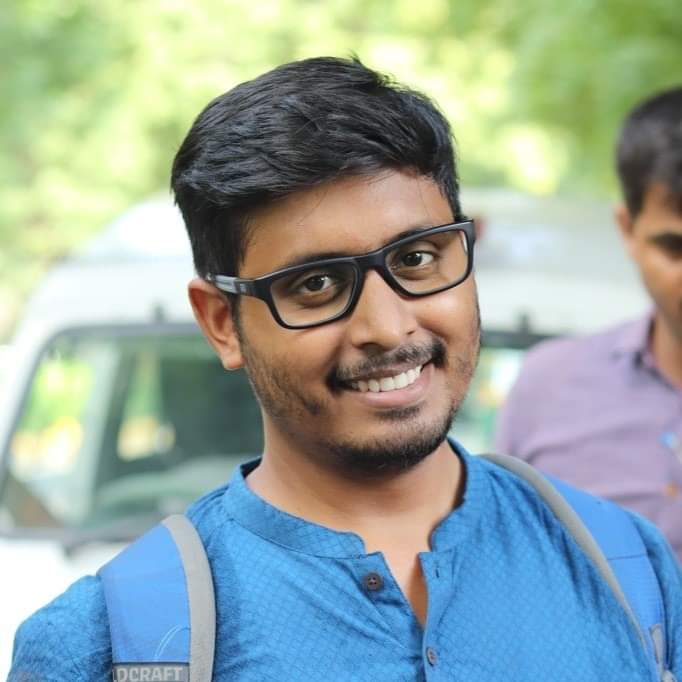
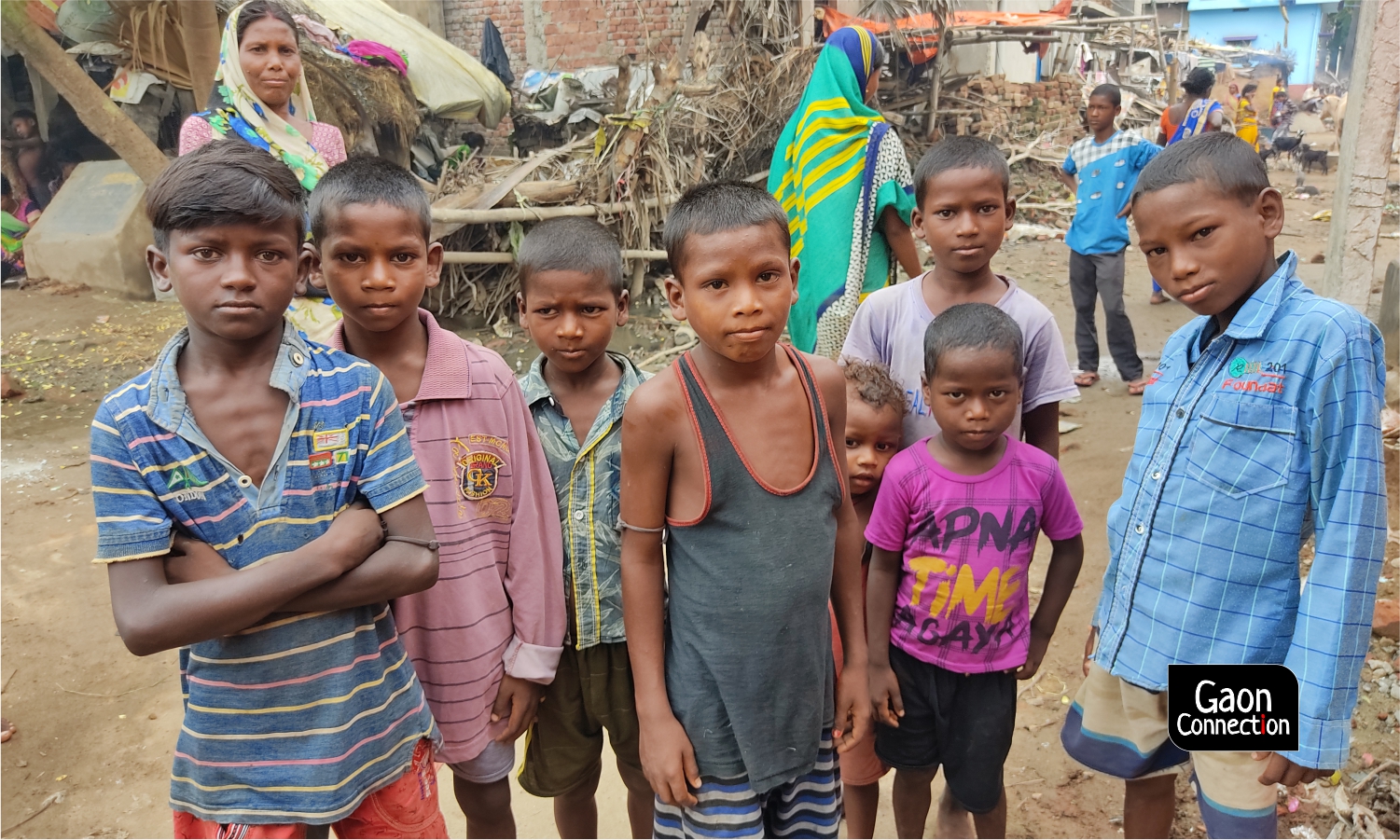
Bihar has infant mortality rate of 48 (per 1,000 live births) and under-five mortality rate of 58. Photo: Rohin Kumar
Gaya, Bihar
A group of kids in Bhui tola (hamlet) of Kendui in Belaganj, all between three to 10 years of age, ran in joy as a two-wheeler entered their locality. A couple of meters away, a girl sat on a heap of wooden logs with a small portion of chappati (Indian flat bread) and half-cut onion in her hand.
In the last few months, chappati and onion is the diet of children in this hamlet of Mahadalits, the lowest and the most marginalised in the category of Dalits (lower castes, often facing untouchability), in Gaya district of Bihar.
Life in Bhui tola has never been easy. The miseries have only multiplied during the COVID-19 pandemic and the lockdown. With the schools shut close to four months now, and adults finding no source of income, children are the most vulnerable.
For most of these children, mid-day meals in schools were their first, or possibly the only, meal in a day. With the schools shut, the burden of their meals has come on the poor families already struggling to survive.
On March 18, taking suo moto cognisance of suspension of mid-day meals and meals for children under-6 in anganwadis (child care centres in rural India) across the country due to novel coronavirus 2019 (COVID-19), the Supreme Court of India had issued notices to all the state governments and union territories to explain how these meals would reach the beneficiaries amid the pandemic.
In response, a number of states started providing meals in the form of dry ration to the kids and pregnant women. But, reports of children in Bihar not receiving mid-day meals kept pouring in all through the lockdown. In May, the state government instructed schools to use mid-day meal foodgrains to feed people in quarantine. Meanwhile, its children went hungry.
The nutritional status of kids in Bihar is already one of the poorest in the country. As per the National Family Health Survey (NFHS)-4 (2015-16), almost half (48.3 per cent) of its under-five kids are stunted (height-for-age). More than 43 per cent under-five kids are underweight (weight-for-age) and 20.8 per cent are wasted (weight-for-height).
In such a scenario, failing to feed the children their rightful mid-day meals seems nothing short of negligence.
“Dana-dana ke mohtaj hai, jon cheez mil jata hai, uhe tani-mani kha lete hai [We are struggling for foodgrains, we eat whatever we manage to arrange for the day],” Guddu Manjhi, a resident of Bhui tola told Gaon Connection. In his family of 13 people, two are school-going kids – 10 years and 12 years. Both kids haven’t been receiving their mid-day meals.
“Schoolwa me khana milne se ago vyakti ka khana kam se kam theek se ho jata tha [With the one-time meal at school, at least a child in the family got good food],” said Pago Devi pointing towards her seven-year-old child. Now even that has stopped.
“Kabhi kabhar bhaat dal sathe ban gya wohi bahut hai [If someday we are able to prepare rice and lentil together, that’s a feast],” she added.
The mid-day meal programme in Bihar has proven to be a substitute rather than a supplement for a meal at home. This is also the reason for the improvement in the number of enrollment, retention, and attendance in government schools.
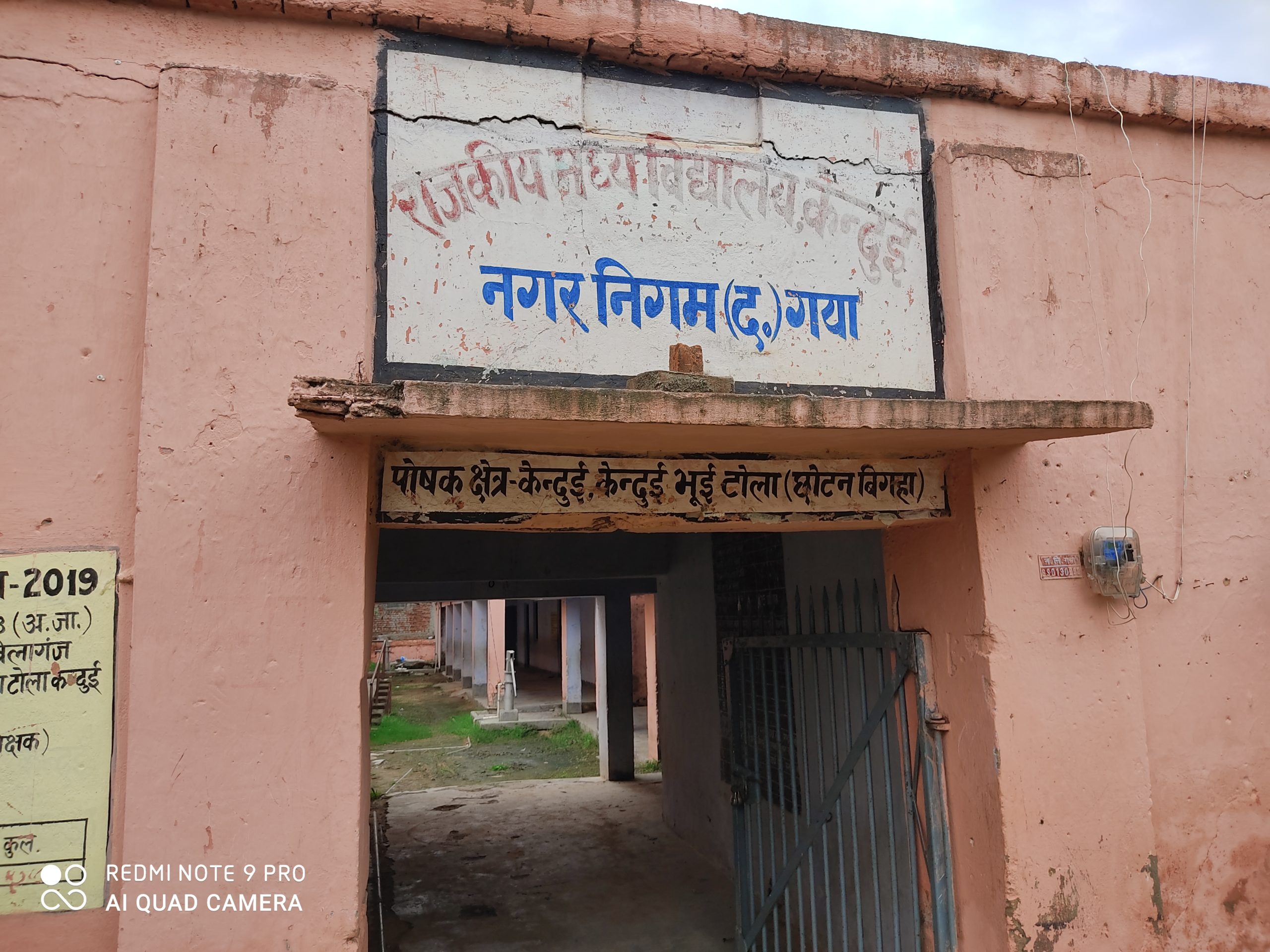
The government schools in the state have a weekly mid-day meal schedule ranging from rice, mixed pulses, and green vegetables on Monday to pulao, chickpeas, and eggs on Friday. With the schools shut, children miss their mid-day meals.
“Humko chola pulao sabse accha lagta tha [I liked chola pulao the most],” Deepak, a young boy from Bhui tola told Gaon Connection. His friend interrupted and asked, “Andwa accha nahi lagta tha tumko? [Didn’t you like eggs?]”. “Haan, andwo accha lagta tha [Yes, I like eggs too],” replied Deepak.
“Pachauni [goat’s intestine],” shouted another child when asked about the last time kids had ‘good food’.
Now, chola-pulao and eggs have vanished from the lives of these poor children from marginalised families. For the last four months, their daily meals have been reduced to ‘bhaat and achar’ (rice and pickle), or ‘maad-bhaat’ (starch rice), or chappati-onion.
“According to the recommended dietary allowances prescribed by National Institute of Nutrition, Hyderabad, a child from 3-12 years must have an intake of 1,060 to 2,190 kilocalorie per day,” Satyam Verma, a physical educationist at Banaras Hindu University told Gaon Connection. “The mid-day meal scheme, which people have praised for several reasons, does not fulfill a child’s required daily nutritional needs. And if even that is not reaching the kids, it will not only affect their physical health but lead to a serious public health crisis,” he added.

A nutritious meal at Rs 4.48?
Recently, after an uproar over a news report, the state government issued a statewide order to distribute ration to school children for three months and DBT (Direct Bank Transfer) to their accounts, or to that of their guardians, in-lieu of the mid-day meal scheme. As per the order, children from class 1-5 will be offered 8 kg of ration and Rs 358 via DBT calculated on a daily average of 100 grams. Similarly, students from class 6-8 will be offered 12 kg of ration and Rs. 536, calculated on a daily average of 150 grams. Both calculations are for 80 days.
A close look at the break up of these numbers shows, the DBT of Rs 358 for class 1-5 translates to Rs 4.48 per meal per child, and DBT of Rs 536 means Rs 6.70 per meal per child. And the 80 days calculation by the state government is a sum of 24 working days in the May month, 30 days of summer vacation in June, and 26 working days in July.
Earlier, on May 4, Deputy Chief Minister Sushil Modi told the media that the state government had transferred Rs 378.70 crore under the mid-day meal (MDM) scheme into the bank accounts of 1.29 crore government schools across the state. From there, the money was deposited into the accounts of beneficiary students or their parents via DBT. “The total amount was disbursed after taking into account the cost of grains, milk, fruits and eggs along with cooking expenses, including that of fuel, oil and salt and spices, for 34 working days between March 14 and May 3,” informed Modi.
“The amount until May has been transferred in the bank accounts of beneficiaries. We have heard of the new order. We are waiting for more clarity,” Prabhavati Rani, teacher at Rajkiya Kanya Madhya Vidyalaya at Bodhgaya told Gaon Connection.
However, families at Harijan colony in Mastipur village of Bodhgaya denied receiving any money. A few families at Bhui tola in Kendui claimed they had received some money for school uniforms but nothing for the mid-day meals.
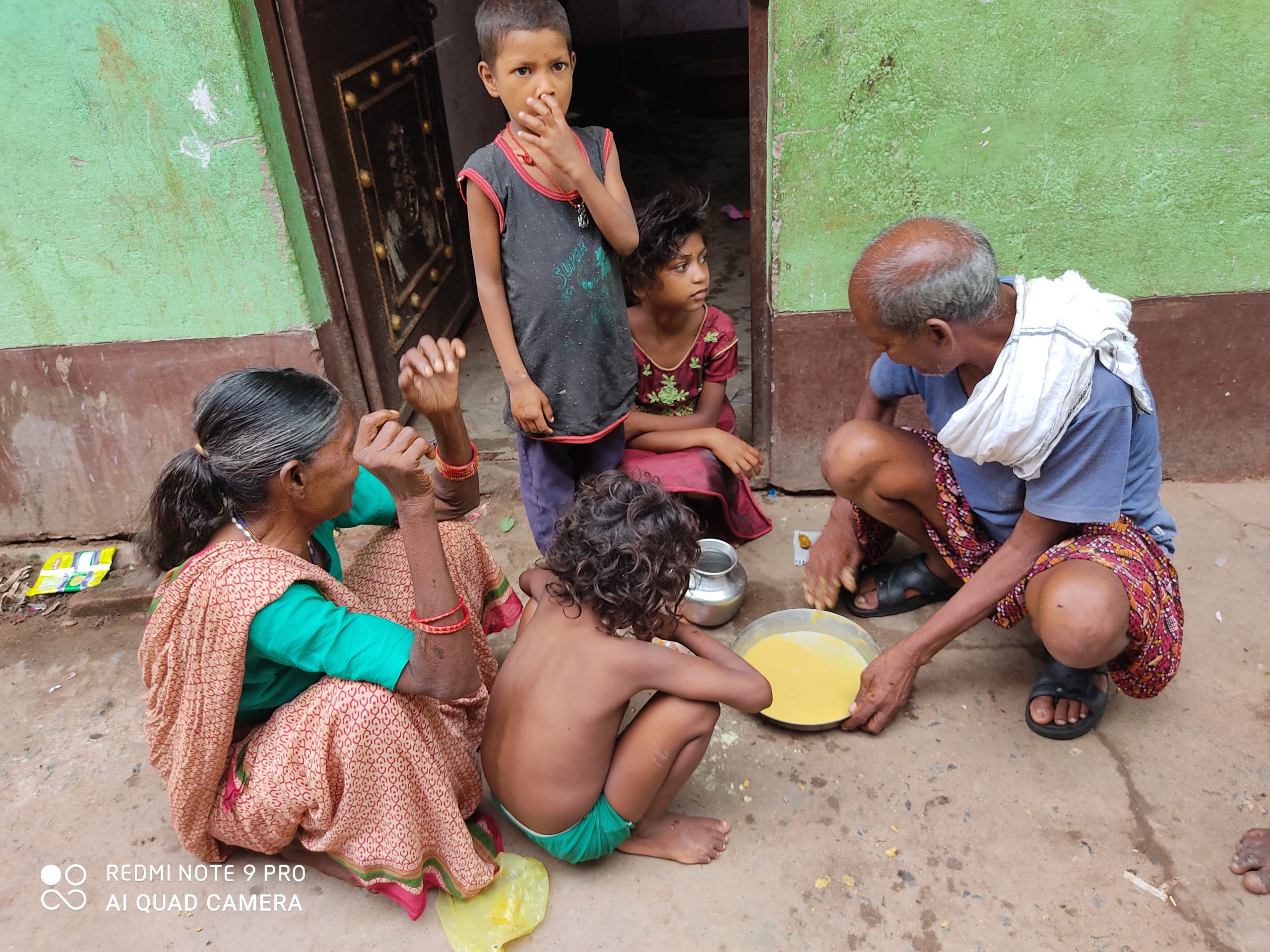
“DBT in lieu of mid-day meals has been processed until May,” Mohammad Mustafa Hussain, district education officer told Gaon Connection. On being asked if Rs 5-7 a meal was enough to meet the nutritional needs of growing kids, he expressed his helplessness: “I won’t comment on that. It’s a government order and has been happening across the state, so we are following the orders.”
“The amount is undoubtedly inadequate. But we are helpless,” said Neelam Sinha, headmistress at Rajkiya Madhya Vidyalaya, Kendui. “Since the government has passed a new order for distributing food grains to students, we will soon begin the process in sync with the COVID-19 guidelines,” she added.
The experts term per meal calculation a ‘bureaucratic style of mathematics’ “The meagre amount of DBT is absurd and deliberately fails to recognize the basic microeconomics of mid-day meal scheme. When food is prepared for 200 children, the cost per person would usually be minimal. But when compensation for it is being provided, how can the government expect a meal for Rs 4.48 or Rs 6.70 per day?” asked Dipa Sinha, an expert on public policy, nutrition, and public health. She is an assistant professor with the School of Liberal Studies at Dr B R Ambedkar University Delhi.
“Bihar must take a cue from states such as Kerala, Karnataka, and even Maharashtra on how mid-day schemes could be used during these difficult times for the benefit of children,” Sinha told Gaon Connection. “Also, Bihar government’s current order related to the distribution of grains is not clear. They must understand food grains alone would not work. A proper ration kit needs to be provided to each child,” she added.
No mid-day meals even before the lockdown
But, children in Bihar haven’t been receiving mid-day meals even before the lockown was enforced. In mid-February, 4.5 lakh contractual school teachers in the state went on strike due to which students suffered. Parents at Harijan tola in Bodhgaya’s Mastipur told schools were not serving mid-day meals even before the lockdown.
Teachers were demanding ‘equal pay for equal work’, which resulted in the discontinuation of the mid-day meal scheme in around 45,000 of 75,000 government schools in Bihar, as per media reports. Around 73,000 government contract teachers are responsible for managing mid-day schools. Its impact was witnessed on the attendance of students, which dropped by over 50 per cent.
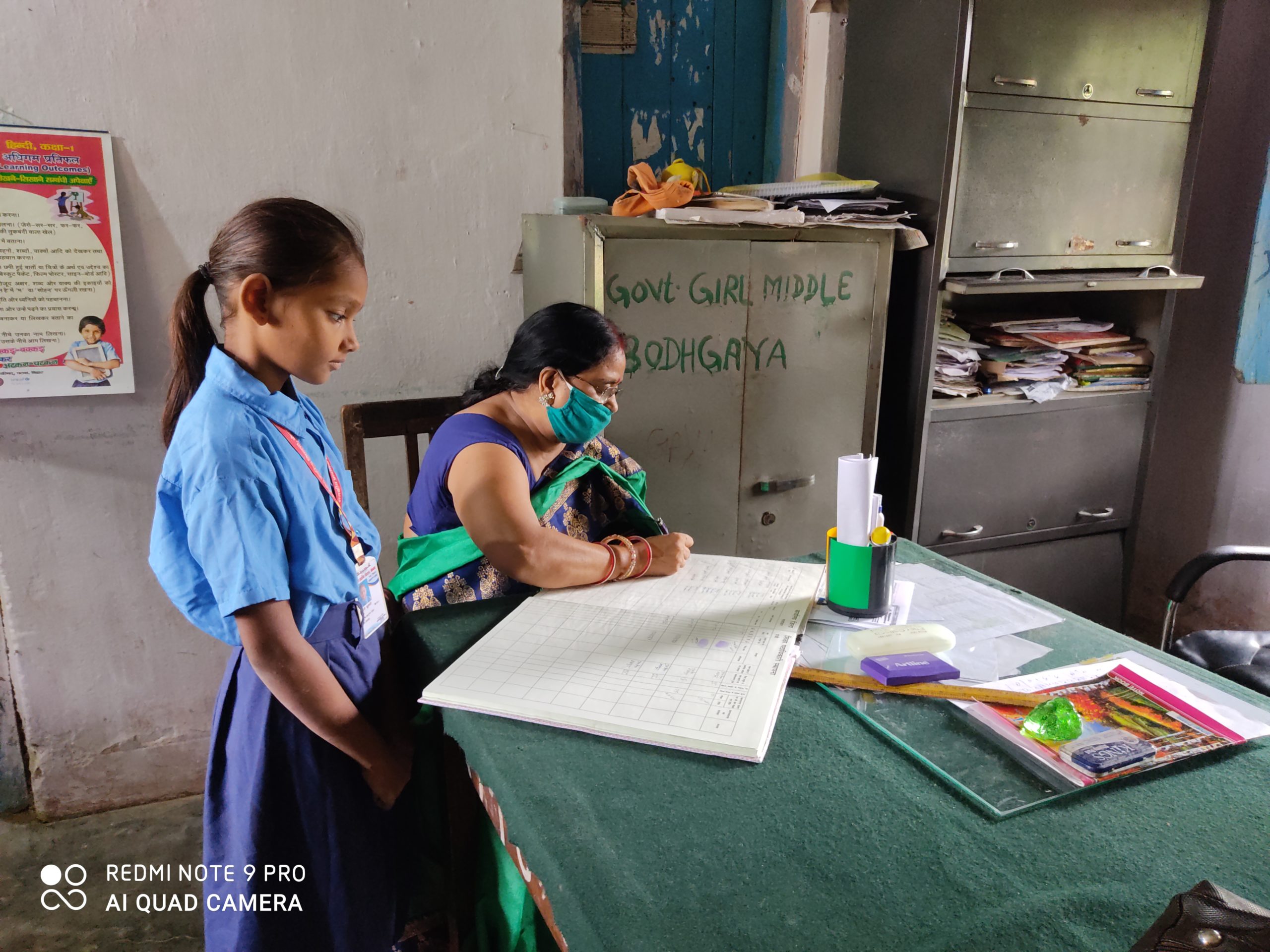
“According to a UNICEF report, stunting in early life is likely to impact brain development, 0.7 per cent grade loss in schooling, seven-month delay in starting school, and around 22 to 45 per cent reduction in lifetime earnings. Perhaps, our governments should consider nutrition seriously to avoid it becoming an intergenerational problem,” warned Verma.
Meanwhile, shut schools and poverty have opened up new challenges for adolescent girls in both the tolas at Kendui and Bodhgaya.
Lakhmanyia Devi of Kendui in Gaya wants to get her 17-year-old daughter married. “She has completed her education and knows household chores. We will get her married soon,” she told Gaon Connection, adding she was in talks with a ‘would-be’ groom, a distant relative, who was until recently working in a garment factory at Surat, Gujarat.
According to a 2018 report by the National Commission for Protection of Child Rights, around 65 per cent adolescent girls (15 to 18 years of age) drop out of schools. Then, they are either engaged in household activities or due to lack of support from family and society, are bogged down by social and community norms that create barriers to their economic advancement. “This is what I mean by intergenerational problems. A malnourished woman or a girl in her reproductive age has higher chances of giving birth to smaller babies (weight and height), continuing the cycle of malnutrition into future generations,” said Verma.
Is the Bihar government listening? The state already has an infant mortality rate of 48 (per 1,000 live births), and under-five mortality rate of 58.

